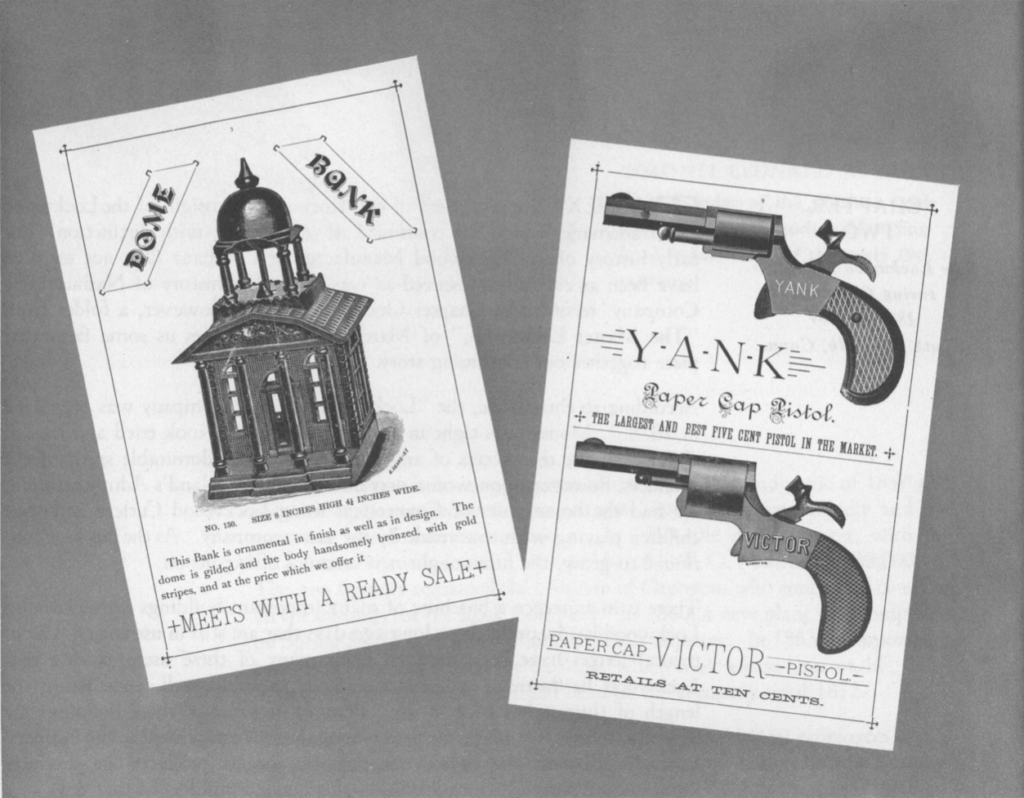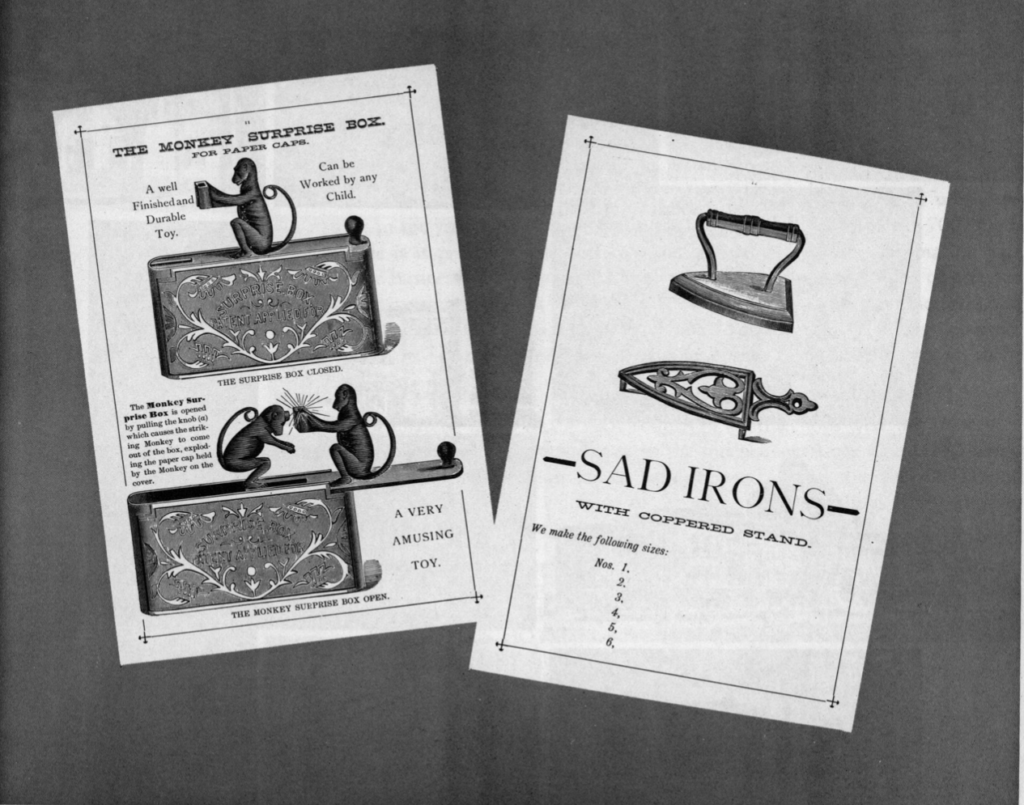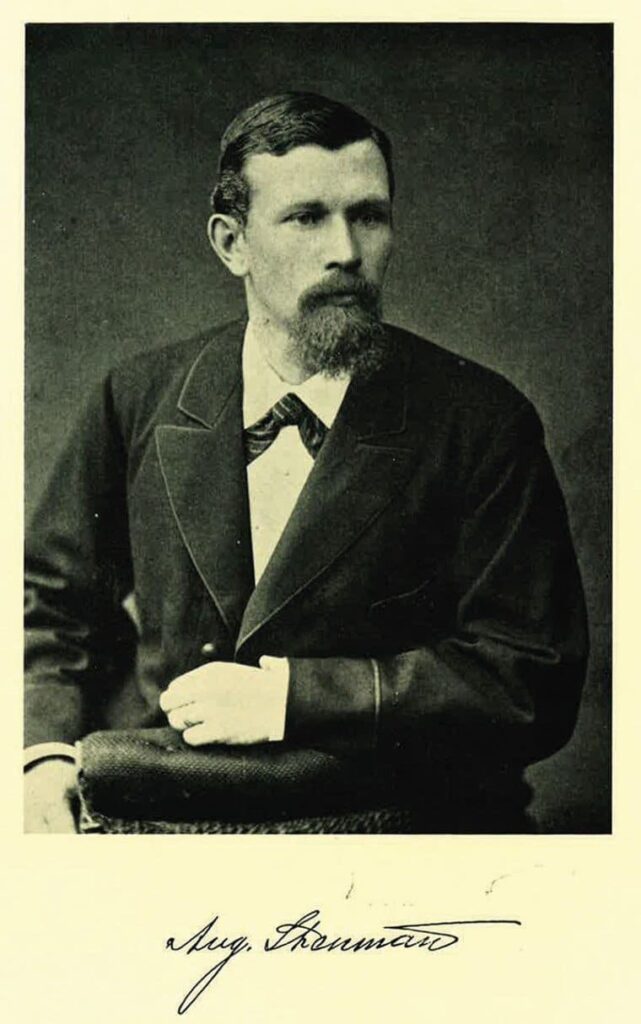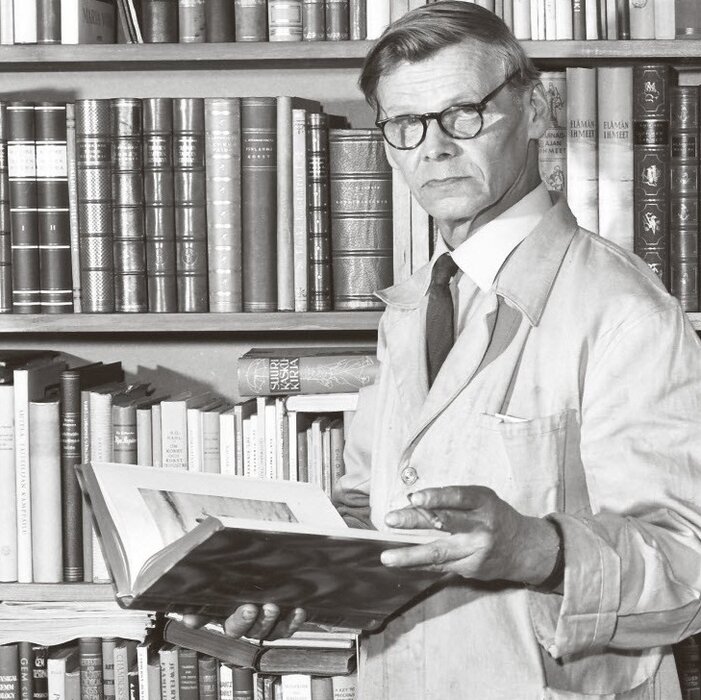Note: The following is a republished excerpt from the Lockwood Hardware Manufacturing Company’s Lockwood – The story of its past, the basis for its future. Published in 1953, and based almost entirely off of literature produced for Lockwood’s 1952 sales convention, it recounts the history of the Lockwood Hardware Manufacturing Company from 1834 until 1952.
By 1953, the Lockwood Hardware Manufacturing Company, then a division of the Independent Lock Company with both being headquartered in Fitchburg, Massachusetts, fielded branch offices in New York City, Philadelphia, Baltimore, Chicago, and Selma, Alabama along with five manufacturing plants in Fitchburg and one in Selma.
We have made no changes to this excerpt and what you see is exactly how it was printed in 1953, albeit in a different medium.
Preface
At the 1952 Sales Convention, a Pageant called “Lockwood Marches On” was presented by some sixty employees, executives and younger children of the coming generation, connected with the Company. The effort so far exceeded the hopes of the authors, that by sincere urging it has been re-edited and condensed as an historical record for friends of the Company to keep. It is the hope of the authors, that the reader will catch the inspiration, the human interest and the opportunity found possible only in the free enterprise system of America.
While admittedly, the story as written is designed to record the historical background and growth of the Lockwood Hardware Manufacturing Company, publicizing its struggles and achievements, recording its accomplishments and background, it is indeed more than that. It is a factual case of a brand name that has grown strong, over the years, in a free world. Statistics have been largely omitted, historical dates reduced to a minimum and only a few individuals have been named, so that the main story of Lockwood will stand out stronger.
It is a vital part of Lockwood’s history that back of the founders of the business, at each stage described, were many people who contributed much to the results recorded here. At no time in Lockwood’s history is the truth of the preceding statement better exemplified than as this history is written. However, time and space does not permit paying tribute individually.
The basic consideration in gathering the team that has been put together, has been the “know how” each individual has been able to bring into the organization to develop the policies and products now being offered. Lockwood Hardware Manufacturing Company is proud of its assembled team.
The following chapters set forth many of the important stages of the Company’s progress.
Chapter One, Nashua Lock Company 1834 to 1889
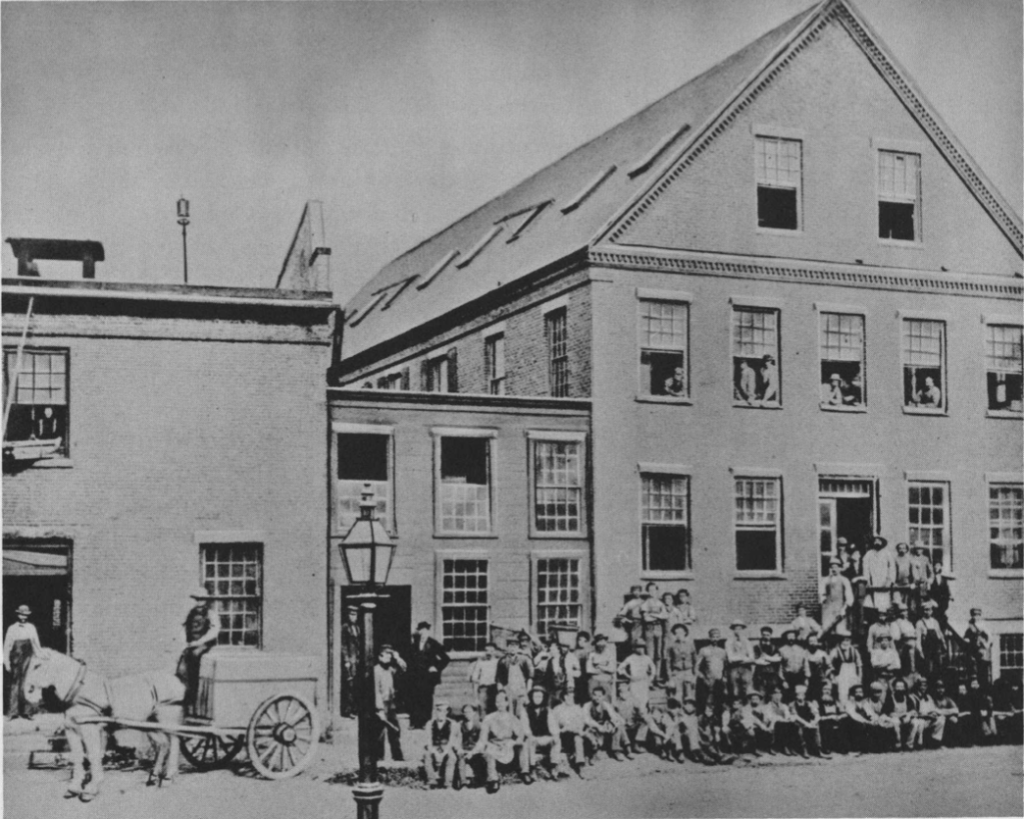
Early photograph of the Nashua Lock Company plant and its employees in Nashua, New Hampshire.
Continue reading →

